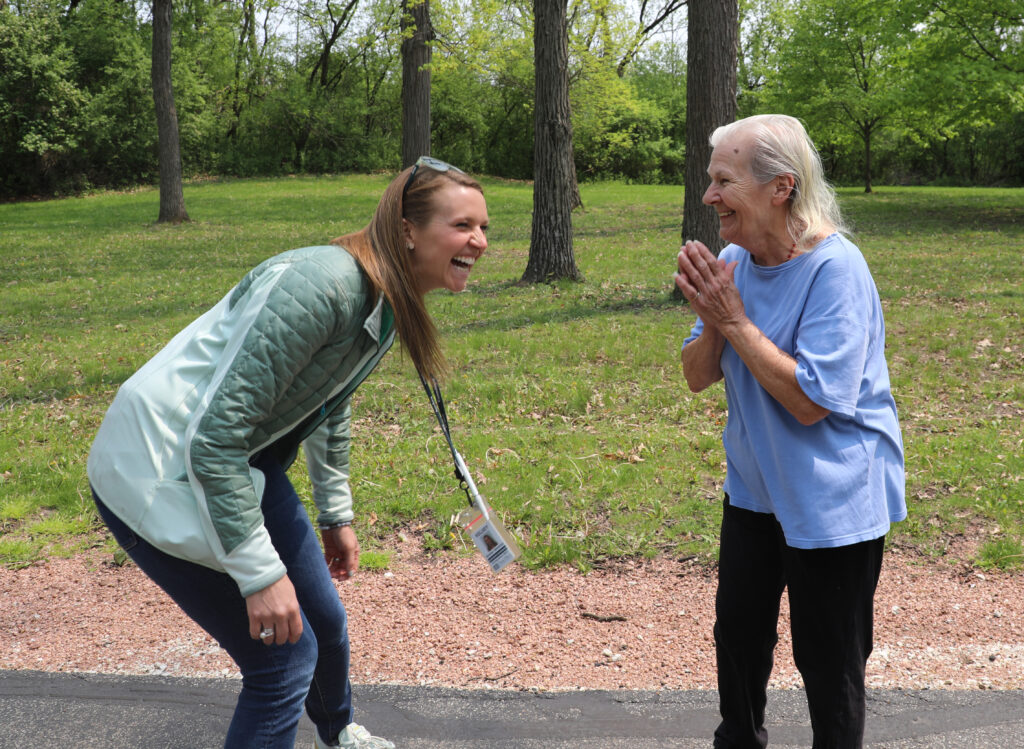Differences Between Retirement Communities, Active Adult Communities, and Senior Living
When it comes to living communities for older adults, there are quite a few options to choose from. It can be difficult to know which one suits your desired living situation and medical needs.
While the lines often blur between the categories, older adult communities can typically be placed in one of several groups: retirement community, active adult community , or senior living community . While they’re all designed for older individuals, each offers a unique set of amenities and features. Each supports a different kind of lifestyle for residents, ranging from fully independent living to assisted living . They offer widely varying degrees of medical support, which is the deciding factor in some cases.
“Put simply, the right community for you will find the right balance between independent living and medical support. ”
Let’s break down each type of living community and see where you should start your search.

Differences between older adult communities
Retirement communities
Retirement communities are typically designed for retired (or nearly retired) adults. They emphasize community and a “neighborhood” feel for those who want to live with other older adults. There may be structured activities and social events, but residents have these communities live independently – often in their own home or apartment within an established neighborhood.
Amenities can vary dramatically between retirement communities, ranging from lawn care services (depending on the housing format) to central facilities like pools and gyms accessible to residents. Residents typically provide their own transportation and cook their own meals in these communities. Housing also varies but most often consists of single-family homes and condos.
Retirement communities don’t provide on-site medical services. As such, they aren’t the best fit for those with regular, daily needs without a partner to care for them. But they offer a good blend of independence and community engagement for self-sufficient retirees.
Active adult communities
Active adult communities are similar to retirement communities but focus on providing an active lifestyle for older adults. They offer the same independence and flexibility while offering more amenities to encourage engaged, active living.
You’ll often see amenities like fitness centers, swimming pools, golf courses, and social clubs in active adult communities. Social gatherings and community events are common, encouraging older adults to stay connected to their hobbies and interests. Some active adult communities even offer classes that residents can attend.
Meals may be provided in active adult communities, but residents will also have access to their own living spaces where they can cook, if desired. Housing may take the form of single-family homes, but often includes apartment-style living as well to encourage community to take root within a single building.
Daily medical support is also not a typical feature of active adult communities, as it would impede the spirit of independence that guides the community’s design. They’re a great fit for those who are looking for a more structured community with regular events and resources to encourage an active, engaged lifestyle.
Senior living communities
The term “senior living communities ” encompasses a wide range of offerings. They’re typically designed for older adults that require (or may require in future) daily assistance with tasks and medical support. The level of support offered may vary by community, which is why finding a community equipped to serve your needs is essential.
Residents enjoy the same level of social connection as the other community formats, but with additional benefits to simplify their lives. Meals, housekeeping, and transportation are typically provided by the community, along with access to exercise facilities and activity centers. Housing options are simplified as well, with most communities offering apartment-style living or rooms for residents.
These communities may offer various levels of medical care, from more independent living to assisted living and memory care , depending on the needs of the residents. Residents can also transition between levels of care as their needs change without moving to another community. Senior living communities are ideal for those looking to stay as active as possible while enjoying the peace of mind dedicated support brings.
Contact us to learn more about Three Pillars’ levels of care and our unique communities today!




